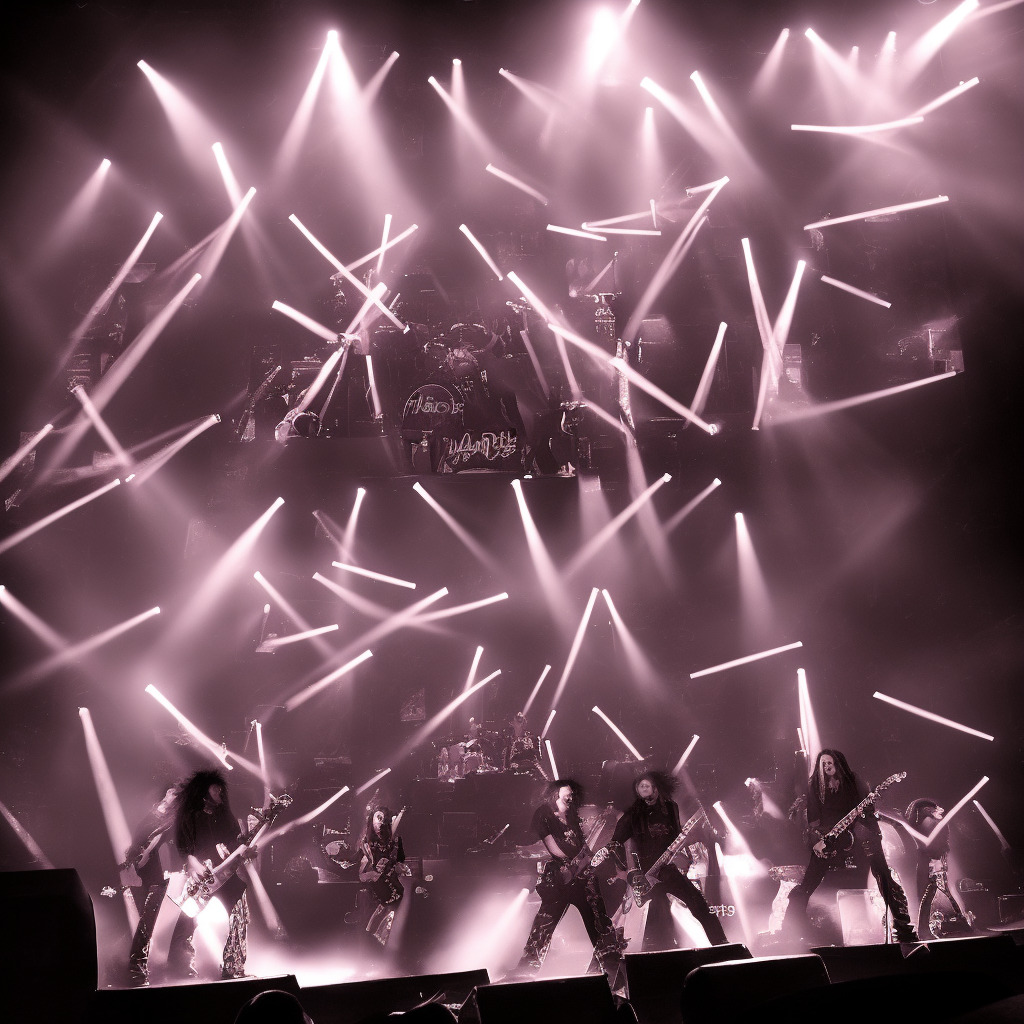Simon & Garfunkel | Mrs. Robinson
Exploring the Legendary Duo: Simon & Garfunkel
Discover the fascinating story behind Simon & Garfunkel, one of folk-rock’s most influential duos, through their iconic hit, “Mrs. Robinson.”
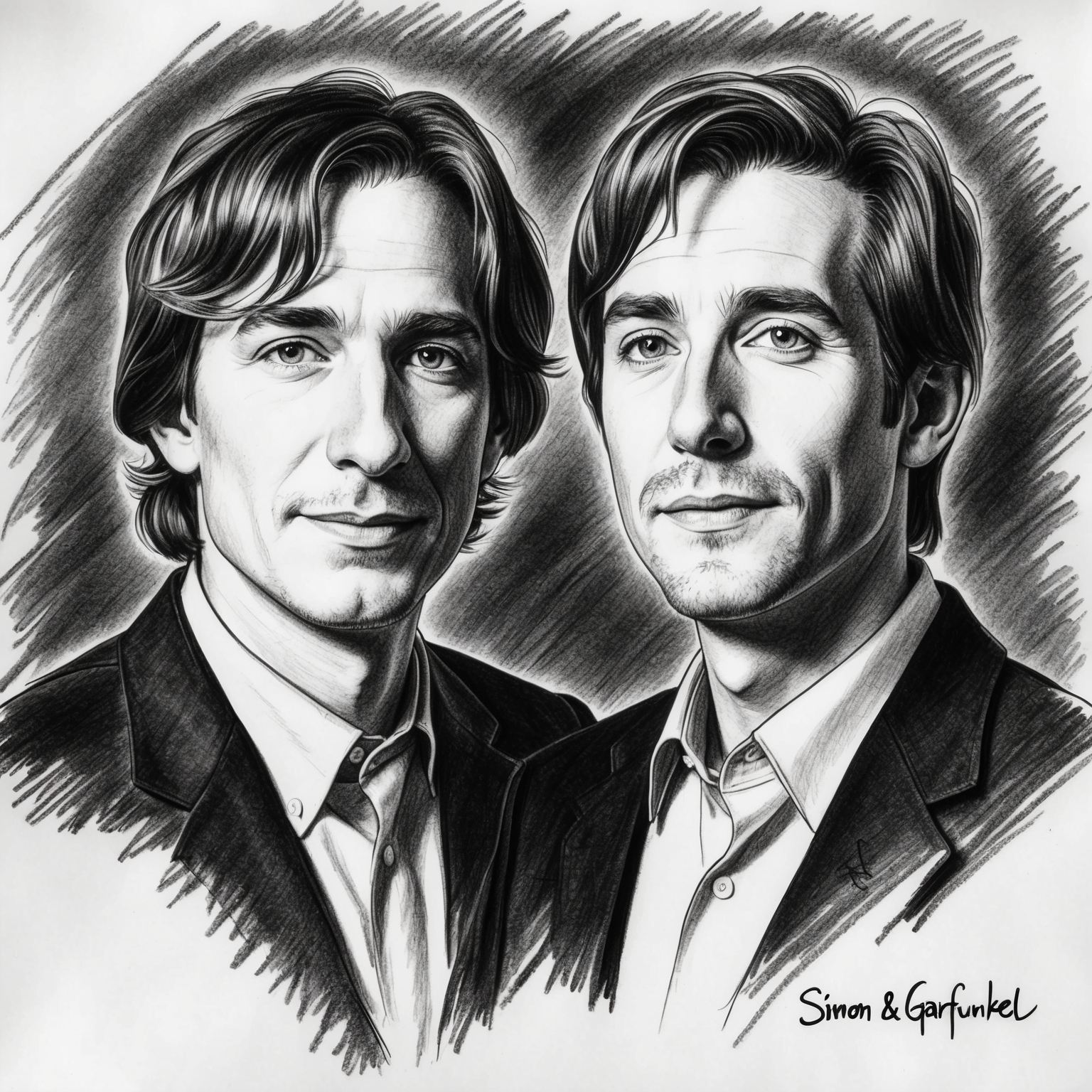
Few musical duos have left an indelible mark on the landscape of folk-rock as Simon & Garfunkel have. Their song “Mrs. Robinson” is a testament to their ingenuity, showcasing their ability to blend poignant lyrics with captivating melodies. Released during the transformative era of the 1960s, “Mrs. Robinson” became more than just a hit—it evolved into a cultural artifact that encapsulated the spirit of a time marked by social upheaval and artistic innovation.
The origins of this iconic partnership trace back to Paul Simon and Art Garfunkel’s early years in Queens, New York. Friends since childhood, they began their musical journey under the moniker Tom & Jerry in the late 1950s. However, it was their rebranding as Simon & Garfunkel and the release of their debut album “Wednesday Morning, 3 A.M.” that truly marked the beginning of their legendary career.
Simon & Garfunkel’s seamless blend of Garfunkel’s angelic voice and Simon’s profound songwriting brought them critical and commercial success. Not just limiting themselves to one genre, the duo explored themes of love, disillusionment, and social consciousness, resonating deeply with the counterculture movement of the ’60s. Their collaborative efforts during this era, including the genius behind “Mrs. Robinson,” solidified their reputation as pioneers of folk-rock.
Capturing the Essence of Paul Simon
Paul Simon, the esteemed composer behind ‘Mrs. Robinson’, is a folk-rock pioneer whose eclectic style and cultural influences crafted some of the 20th century’s most enduring songs.
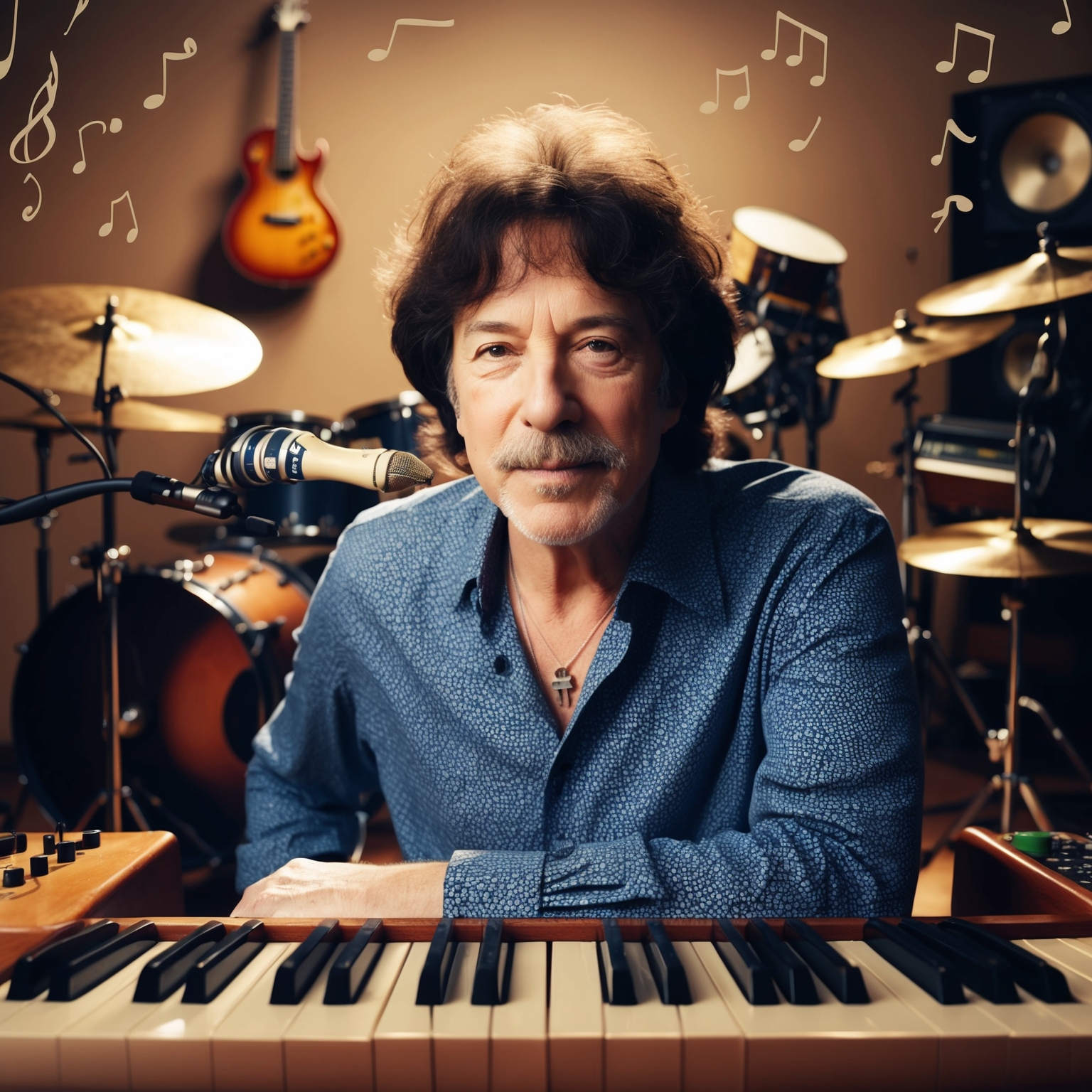
Background and Career: When discussing the genius behind Simon & Garfunkel’s “Mrs. Robinson,” one cannot overlook the towering figure of Paul Simon, the primary composer of the iconic tune. With a career spanning over six decades, Paul Simon began his musical journey in the American folk-rock scene of the early 1960s. Born in Newark, New Jersey, and raised in the bustling borough of Queens, New York City, Simon’s early influences ranged from the harmonious sounds of doo-wop to the protest-driven folk music that defined a generation. His education at Queens College and subsequent time at Brooklyn Law School were quickly overshadowed by his undeniable passion for music—a passion that saw him pen some of the most beloved songs of the 20th century.
Musical Style and Influences: Paul Simon’s musical style is as eclectic as it is recognizable. Renowned for his blend of folk rock with elements of jazz, world music, and pop, Simon’s compositions are hallmarked by intricately woven melodies and thought-provoking lyrics. “Mrs. Robinson” is a quintessential example of Simon’s adept songwriting, combining reflective themes with an upbeat and memorable tune. Simon’s musical influences are a vivid tapestry of cultural diversity; from the raw emotion of Bob Dylan’s lyricism, the ethereal harmonies of The Everly Brothers, to global influences like South African mbaqanga music which he explored in later works. These influences coalesced to create a sound that was uniquely his own.
Role in the Song’s Creation: As the composer of “Mrs. Robinson,” Paul Simon was integral in crafting the song’s timeless appeal. Originally conceived for the film “The Graduate,” the tune is celebrated for its seamless integration of pop sensibilities with folk-rock undertones. Simon utilized distinctive chord progressions and melodic hooks that have become synonymous with the track. The interplay between the music and lyrics demonstrates Simon’s keen ability to evoke emotion and narrative through harmony and instrumentation—a skill that has cemented the song’s place in music history.
Recognition and Riveting Renditions: Mrs. Robinson’s Award-Winning Journey
Explore the illustrious journey of ‘Mrs. Robinson,’ marked by Grammy Awards, iconic covers by artists like The Lemonheads, and its indelible presence in cultural landmarks such as The Graduate.
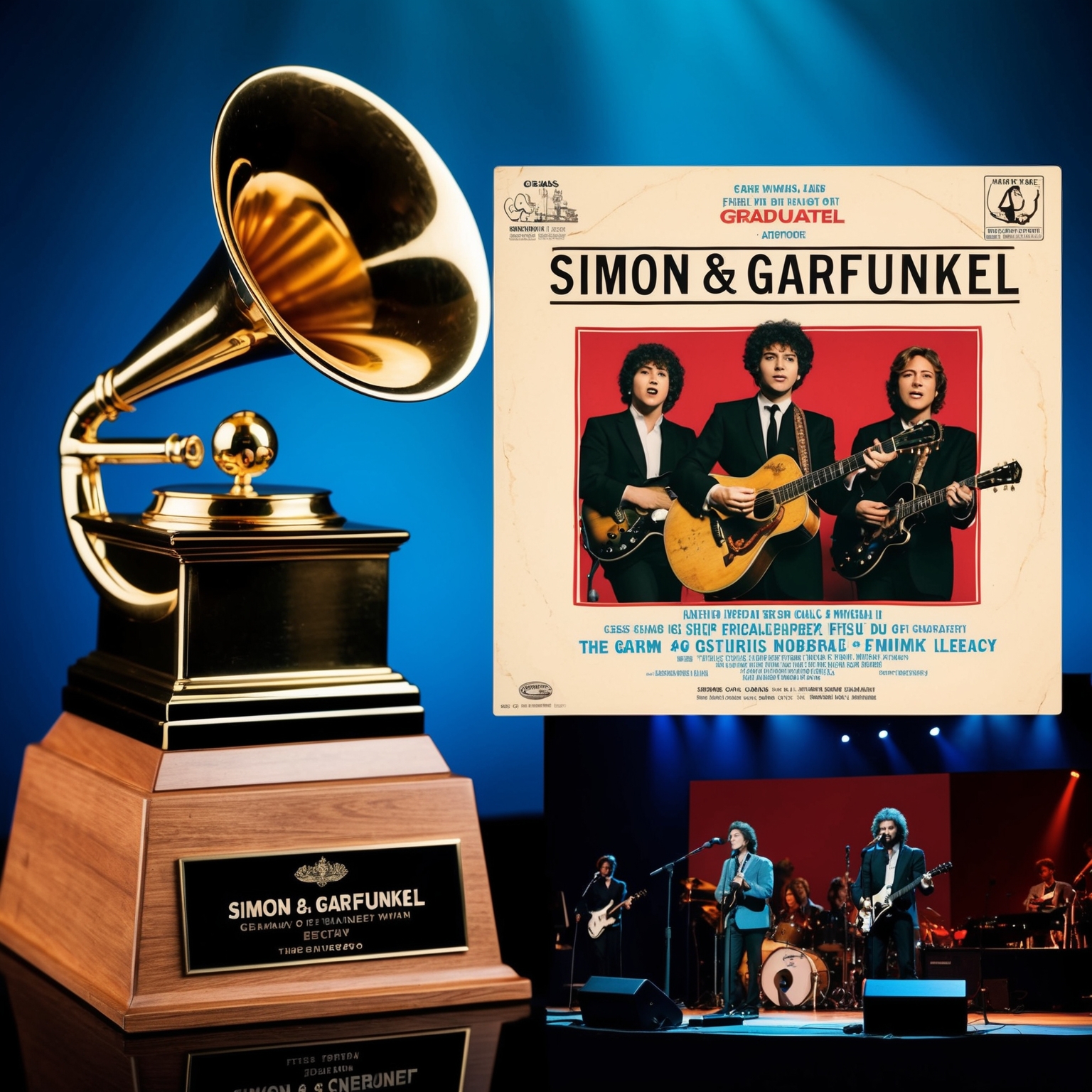
Simon & Garfunkel’s timeless classic, ‘Mrs. Robinson,’ has not only embedded itself into the fabric of music history, but it has also been the recipient of various awards and seen numerous interpretations by other artists. This legendary track simply transcends the era it was born in. One of the most significant honors for ‘Mrs. Robinson’ was being awarded the 1969 Grammy Award for Record of the Year, showcasing its immediate and undeniable impact upon release. In the same year, it won Best Contemporary Pop Performance – Vocal Duo or Group, solidifying Simon & Garfunkel’s position in the music industry.
Beyond the awards, ‘Mrs. Robinson’ has inspired artists across generations to cover the song, adding their unique flavors while maintaining the essence of the original. Notably, The Lemonheads released a cover in 1992, which achieved significant popularity, particularly in the alternative rock scene. The cover charted well and introduced ‘Mrs. Robinson’ to a new audience, further extending its legacy.
In addition to awards and covers, ‘Mrs. Robinson’ made a profound cultural impact through its inclusion in the iconic 1967 film, The Graduate. This association helped the song reach far beyond music audiences, embedding it in the collective consciousness as the film became a cultural touchstone. Even today, ‘Mrs. Robinson’ continues to appear in various media, from television shows to video games, its influence remaining unyielding and ever-present.
Ascending to Iconic Status: Chart Success of ‘Mrs. Robinson’
Mrs. Robinson’ by Simon & Garfunkel topped the Billboard Hot 100 in 1968, becoming an iconic anthem influenced by its feature in ‘The Graduate.’

‘Mrs. Robinson,’ performed by the iconic duo Simon & Garfunkel, made its grand entrance into the music world in 1968, quickly securing a foothold in popular culture. Released as a single in April of that year, the song experienced a meteoric rise, reaching the coveted number one position on the Billboard Hot 100 chart. This impressive feat made it the duo’s second chart-topper after their 1966 hit, ‘The Sound of Silence.’ The song’s invigorating melody, coupled with its poignant lyrics, resonated deeply with audiences, allowing it to hold the top spot for three consecutive weeks.
Comparatively, ‘Mrs. Robinson’ stood out from many other tracks of its time due to its distinctive sound and significant cultural references. It held its own against formidable competition from other popular songs of the late ’60s, establishing Simon & Garfunkel as leading figures in the folk-rock scene. The song’s success is intricately linked to its appearance in the acclaimed film ‘The Graduate,’ starring Dustin Hoffman. The movie’s alignment with youth culture and its underlying themes of rebellion effectively amplified the song’s popularity, showcasing the duo’s ability to capture the zeitgeist of their era.
The chart triumph of ‘Mrs. Robinson’ had substantial implications for Simon & Garfunkel’s trajectory. It solidified their status as musical heavyweights, contributing to the commercial success of their album ‘Bookends,’ from which the song was later included. Not only did this hit single help to propel the album to number one on the Billboard Album Chart, but it also earned the duo a Grammy Award for Record of the Year. The song’s impactful debut demonstrates how legendary craftsmanship combined with strategic media placements can catapult an artist to unprecedented heights, cementing ‘Mrs. Robinson’ as a timeless classic.
Exploring the Visual Journey of ‘Mrs. Robinson’
The visual impact of ‘Mrs. Robinson’ largely stems from its connection to ‘The Graduate,’ paired with engaging fan videos and iconic live performances.

While ‘Mrs. Robinson’ by Simon & Garfunkel is a timeless classic, the official music video landscape, as we know it today, wasn’t around when the song was released in the late 1960s. However, this did not hinder the song’s visualization across various media formats over the years. The focus of the visual representation of ‘Mrs. Robinson’ most notably comes from its association with the 1967 film ‘The Graduate,’ where the song is intricately tied to the movie’s narrative and characters. The film, starring Dustin Hoffman and Anne Bancroft, was a cultural milestone, and ‘Mrs. Robinson’ played a crucial role in its soundtrack, embedding visual markers in the minds of its audience.
In light of the absence of a conventional music video, fans and artists have created a rich tapestry of fan-made videos and live performance recordings that have carried the song’s legacy into the digital age. For instance, several fan videos creatively interpret the song’s themes, exploring the generational anxieties and social critiques it embodies. Additionally, live performances by Simon & Garfunkel often incorporate captivating stage visuals that bring the song to life, with the duo’s harmonious interaction adding to the visual delight for audiences. These performances, whether from their reunion concerts or televised specials, have a unique quality, offering viewers a glimpse into the magic of their live synergy.
The deep connection ‘Mrs. Robinson’ has with ‘The Graduate’ has profoundly contributed to the song’s enduring popularity. The film’s visuals, combined with Simon & Garfunkel’s stirring lyrics and melody, have beautifully intertwined the music and cinematic worlds. Critically acclaimed for its innovative synchronized storytelling, this audio-visual collaboration has solidified ‘Mrs. Robinson’ as a cultural artifact, transcending its era to remain relevant in pop culture discussions. This song stands as a testament to how music can effectively transcend beyond its auditory boundaries, cultivating a visual presence that enhances its emotional and thematic impact.
Exploring the Musical Architecture of ‘Mrs. Robinson’
Mrs. Robinson’ by Simon & Garfunkel is a master class in musical structure, combining folk and rock elements within a classic verse-chorus framework. Written in E major, the song uses straightforward chords, innovative rhythm, and harmonic vocals to create its memorable sound. Anchored by the production expertise of Roy Halee, it marks a pivotal evolution in the duo’s discography.
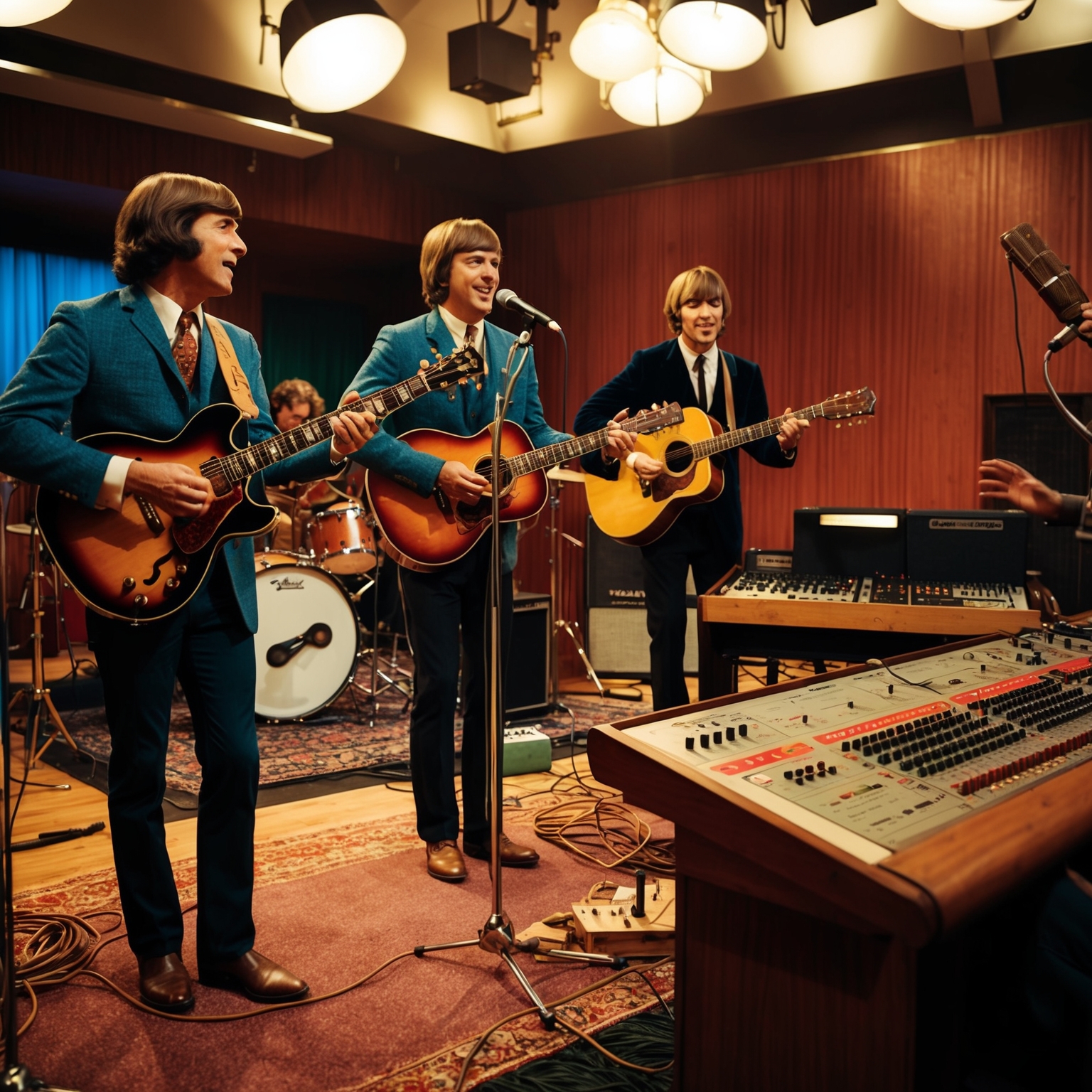
The song ‘Mrs. Robinson’ by Simon & Garfunkel is a fascinating study in musical construction, combining a variety of elements that contribute to its unique sound. Written in the key of E major, the song employs a relatively straightforward chord progression that serves to emphasize the poignant yet whimsical tone of the lyrics. The chords predominantly used include E, A, and D, with intriguing variations that add depth to the composition. The structure follows a typical verse-chorus pattern, but it is the song’s tempo and rhythm that truly capture the listener’s attention. It maintains a moderate tempo, aligning itself with the folk-rock genre while incorporating syncopated rhythms that give the song its lively character.
Melodically, ‘Mrs. Robinson’ is anchored by its catchy refrain, which has become iconic in its simplicity and accessibility. The harmony between Simon and Garfunkel’s vocals is both intricate and seamless, demonstrating the duo’s signature sound. The harmonies build upon the melody, providing a rich, layered auditory experience. Rhythmically, the mixture of folk and rock elements is further accentuated by the use of acoustic guitars, bass, and percussion. Notably, the gentle strumming of the guitar, combined with subtle cymbal hits and dynamic vocal leads, creates a sound that is both nostalgic and fresh.
In terms of instrumentation, ‘Mrs. Robinson’ makes strategic use of the guitar, both acoustic and electric, complemented by bass and drums. These instruments contribute to the song’s overall folk-rock vibe, while occasional harmonica riffs add an additional layer of texture. Some unique recording techniques can be traced back to the song’s production under Columbia Records, with Roy Halee serving as the producer. His expertise in creating spacious and clear audio landscapes is evident throughout the song.
When analyzing ‘Mrs. Robinson’ within the context of Simon & Garfunkel’s discography, it serves as a pivotal moment in their musical journey. Preceded by albums such as ‘Parsley, Sage, Rosemary and Thyme,’ the song showcases an evolution towards more socially conscious themes, aligning with the cultural milieu of the late 1960s. Compared to earlier, more introspective works, ‘Mrs. Robinson’ demonstrates a shift towards broader storytelling interwoven with sharp lyrical commentary. This evolution speaks to their growing artistic maturity and ability to craft songs that resonate both musically and thematically.
An interesting anecdote about the recording session of ‘Mrs. Robinson’ ties back to its initial conception for the film ‘The Graduate.’ The influx of Hollywood into their creative process adds a layer of intrigue and demonstrates how the song bridges the world of music and film.
Exploring Themes and Symbolism in ‘Mrs. Robinson’
The lyrics of ‘Mrs. Robinson’ exemplify themes of cultural introspection and personal struggle, engaging listeners through its unique narrative style and rich use of literary devices. They reflect the shifting societal norms of the 1960s, blending metaphor and allusion to create a song that is deeply resonant and reflective.
Do, do, do-do, do-do, do-do, do
De-de, de-de, de, de, de-de, de, de, de-de, deAnd here’s to you, Mrs. Robinson
Jesus loves you more than you will know
Woah, woah, woah
God bless you, please, Mrs. Robinson
Heaven holds a place for those who pray
Hey, hey, hey, hey, hey, hey
We’d like to know a little bit about you for our files
We’d like to help you learn to help yourself
Look around you, all you see are sympathetic eyes
Stroll around the grounds until you feel at home
…
******* This Lyrics is NOT for Commercial use *******

The lyrics of ‘Mrs. Robinson’ by Simon & Garfunkel delve into a tapestry of themes and messages, capturing a complex picture of societal norms and personal reflection. The song, famously featured in the film The Graduate, reflects the social and cultural milieu of the 1960s, resonating with audiences through its poignant yet enigmatic words. One of the dominant themes is the search for identity and meaning in a rapidly changing world. The repeated lines addressing Mrs. Robinson suggest a longing for reassurance and understanding amidst turmoil, echoing the larger existential quest faced by many during the era.
The narrative in the song is both intimate and detached, drawing listeners into its world yet maintaining a sense of universality. Delivered in the second person, the lyrics create an interesting dynamic that invites Mrs. Robinson, and by extension the audience, into a self-reflective dialogue. This narrative style enhances the song’s impact, bridging personal introspection with broader societal critique.
Literary devices abound in the song, enriching its lyrical quality. Metaphors and religious allusions, notably the line ‘Jesus loves you more than you will know’, suggest a contrast between public morality and private actions, giving the lyrics a layered depth. The simplicity of the language, paired with clever wordplay and repetition, mirrors the motifs of innocence and simplicity. Such stylistic choices not only communicate the melancholic yet hopeful tone of the song but also enhance its relatability to listeners navigating their complexities.
🎶 Did you know? Mrs. Robinson was originally titled Mrs. Roosevelt! The iconic duo Simon & Garfunkel struck gold with a title change. 😉 #FunFact #ThrowbackTunes #SimonAndGarfunkel #ClassicHits https://bit.ly/3YhlvzD
Click to Tweet


